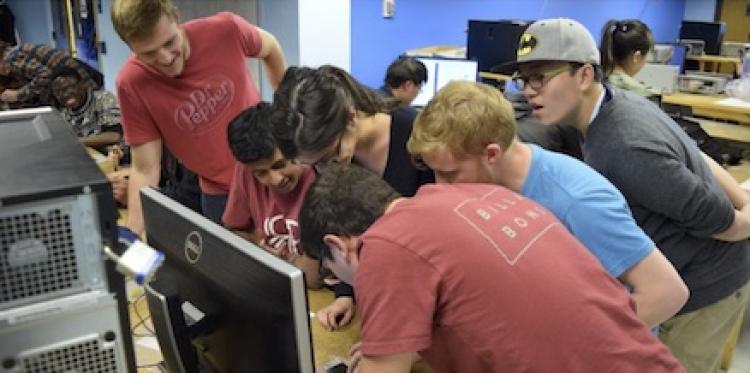ECEN 1400 Introduction to Analog and Digital Electronics

Course objectives
In this hands-on course, you will learn how to design, build and use electronic systems that combine both analog and digital function. You will learn how to use sensors to capture real-world phenomenon, condition and translate these signals into digital information and manipulate that information to create responsive, intelligent devices. The course is centered around a learning platform called the CUno, an Arduino based platform developed specifically for this course. Students will build their own CUno, integrate diverse sensors with platform, write simple code to respond to sensor data and drive outputs. The first half of the course will use multi-week projects to introduce electrical engineering concepts, laboratory equipment and skills such as fabrication and characterization of your own circuit board. The second half of the course will allow you and a team to design and create a project of your choice.
At the end of this course, you will be able to…
- Use electrical quantities such as current and voltage to understand, analyze and design electronic circuits.
- Use analog and digital components, sensors and output actuators to assemble simple electrical systems.
- Employ common electrical laboratory equipment to build and test electrical circuits
- Design, build and debug analog and digital circuits implemented on breadboards and with printed circuit boards.
- Program an embedded controller by writing software on the CUno processor.
- Execute a complete independent design project from concept through professional demonstration.
Course Schedule
This is a living document that is the source for lecture, lab and homework materials. Due dates noted in the schedule correspond to electronic deadlines for turning materials in via the Canvas platform.
Course Syllabus
If you have a question about the mechanics of the course, this is where to look.
Reference Materials
Any course materials not in the previous two links is here.


